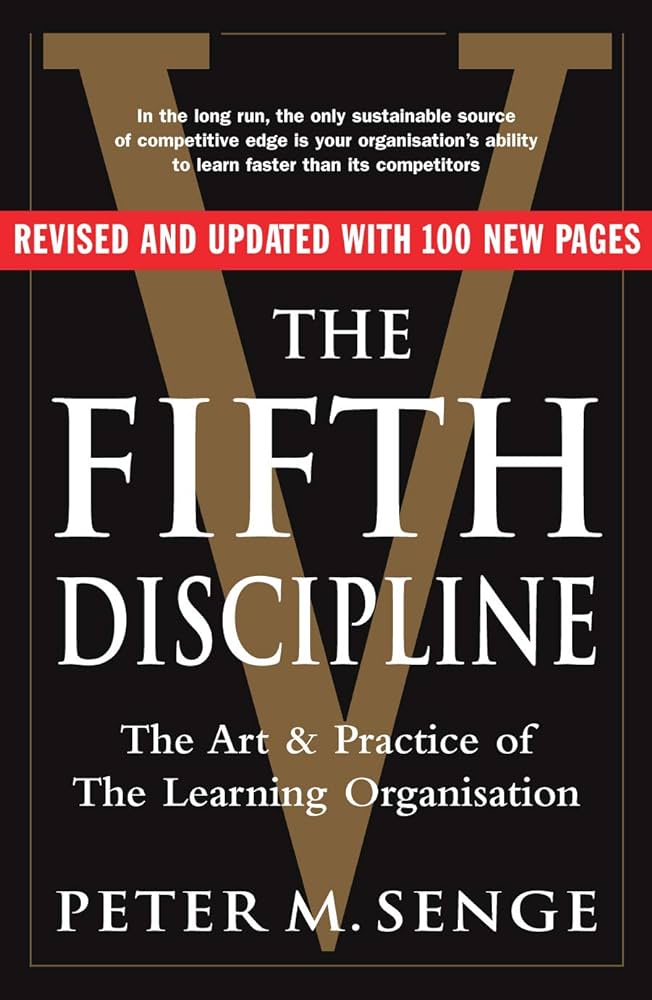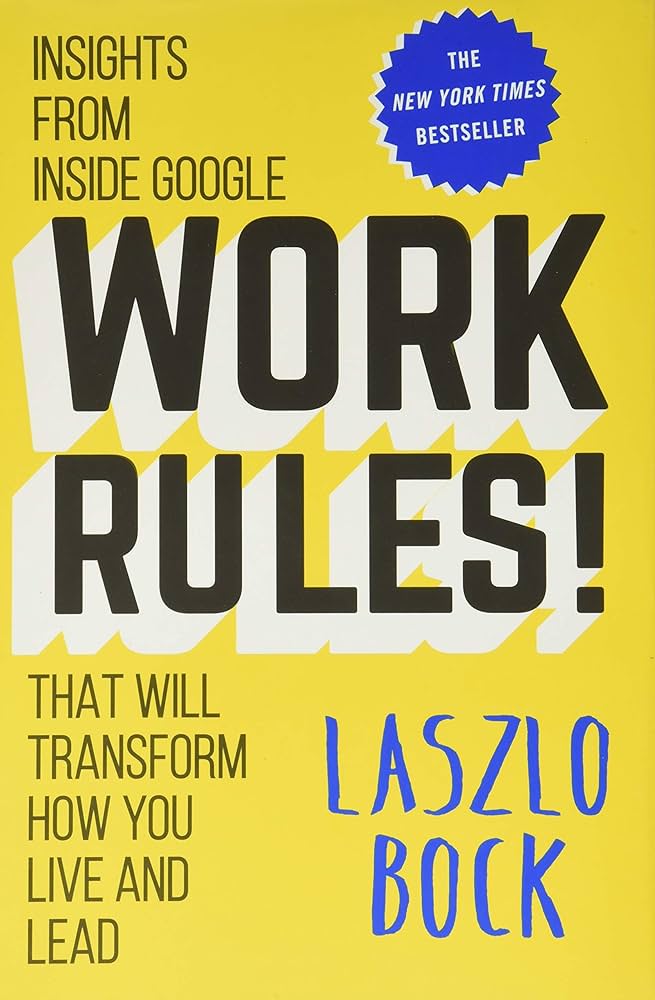Is it wise to base one’s innovation strategy exclusively on technological and channel advancements? Discussion on the topic of “Bank 2.0” or “Bank of the Future”

Tom Mouhsian, Senteo’s Partner and Managing Director for Central & Eastern Europe spoke at the Retail Business Summit organized in Moscow, Russia. The summit’s sessions dedicated to retail banking primarily focused on trends and innovations.

From the presentations and reports made by industry professionals it was evident that retail banks are making an effort to lure customers using modern technologies, new product offerings or more convenient use of their remote channels. The concept idea called “Bank 2.0” popularized by author Brett King is live and well in Russia. In fact, many bankers are experimenting with the ideas promoted by King in his book, i.e. launching mobile phone apps, using social media outlets, exiting branch-based models and turning more and more towards technology.
Among the presenters one of the banks announced the upcoming launch of its internet resource very similar to the American-based Smartypig.com. The idea is the same – offer an easy way to accumulate funds towards generic goals, by contributing monthly sums from one’s personal debit/savings account. The service features Facebook and other social media outlets to spread the word to one’s friends, who can contribute to those savings goals by donating their own money. Another company present at the conference offered a glimpse into technologies like Backbase and NFC that promote the use of smartphones for day-to-day transacting. Perhaps, nothing new in the West, but for Russia these advancements are met as bold “innovations”.
Senteo’s presentation in turn focused on something that is even beyond the so-called Bank 2.0, according to the feedback received at the event. The main point that we like to make is that a true and a genuine relationship-centric model (or “engagement banking”, in reference to the term used by Mr. King) cannot be achieved simply through added use of technology and channel innovation, or the use of smartphones and Facebook. In fact, the opposite may be the case. Customers become even more removed from their bank if they lose pretty much all personal contact. After all – every bank site, smartphone app, and “like” on Facebook – looks the same. Companies innovating in these areas stand to lose what little they have left from the relationship that they once had with their existing customers. And for new customers – they will end up having to resort to purely rational triggers to making decisions (e.g. price-checking). And that leads to greater commoditization of banking.
Contrarily, a relationship-centric banking approach requires relevant reasons for a meaningful contact with customers that have no relation to products or technologies. In other words, there must be other reasons why banks and customers share a legit cause to have a mutual relationship; something that has little or nothing to do with any given product itself. A true relationship and loyalty are not evoked by an iPhone app or a credit card. Considering the current market situation, pressing banks to re-think their customer acquisition, retention and loyalty strategies, the industry finds itself on the verge of a new era. However, where the ship is going to sail is still uncertain. Perhaps, first, it would be helpful to ponder the following questions: What unique role can banks play in customers’ lives? –and – What value do customers want to extract from the banks in the future?




 Copy Link
Copy Link
 E-mail
E-mail
 LinkedIn
LinkedIn
 Facebook
Facebook
 Telegram
Telegram
 WhatsApp
WhatsApp











 Go Back
Go Back
Leave a Reply
You must be logged in to post a comment.